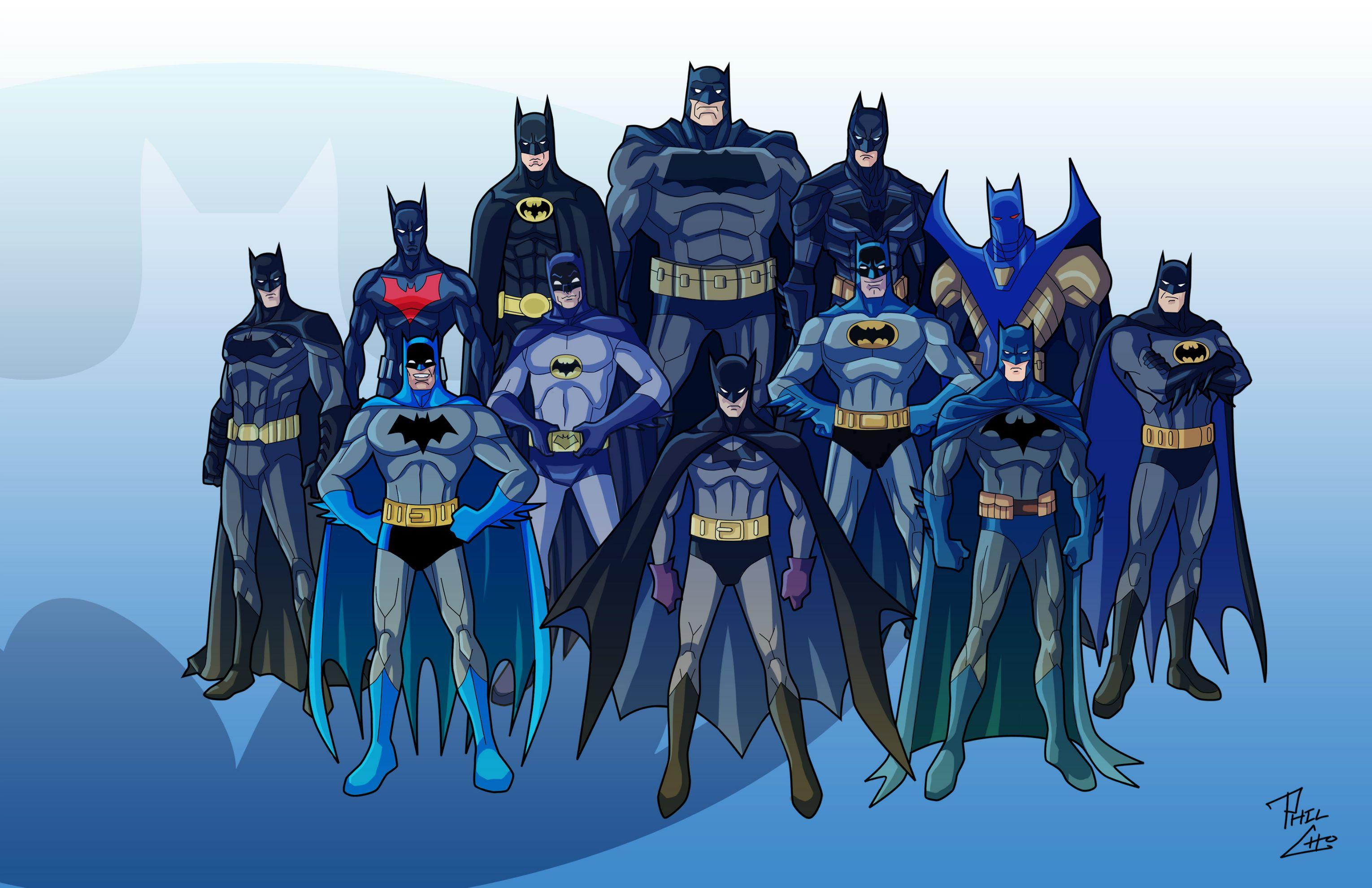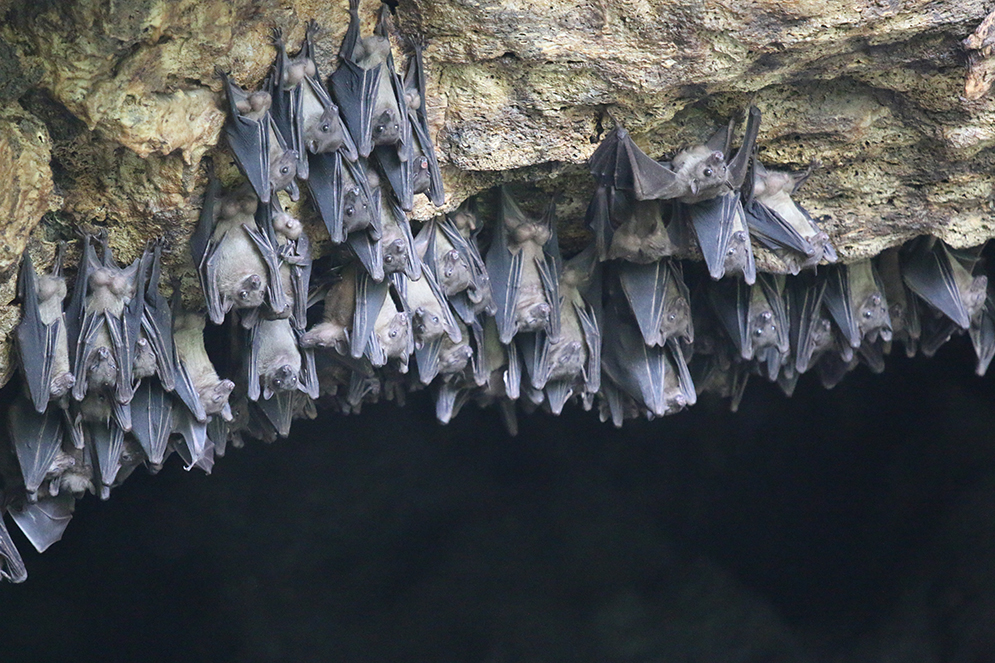The Bat Signal: How Bats Became Icons in US Pop Culture

Bats have long captivated human imagination, their enigmatic nature lending them to intriguing portrayals in movies, comics, and other forms of storytelling. Particularly in the US, bats hold a unique cultural significance, oscillating between creatures of fear and symbols of heroism.
In popular culture, bats often embody mystery, darkness, and the unknown. Their nocturnal lifestyle, paired with their association with caves and shadows, makes them an ideal motif for stories steeped in intrigue. In the US, no fictional character has leveraged the symbolism of the bat more successfully than the iconic superhero Batman. Introduced in Detective Comics in 1939, Batman redefined the image of the bat from a creature of fear to a symbol of justice. Bruce Wayne, the man behind the mask, chose the bat as his emblem after being inspired by an encounter with one. For him, the bat represents overcoming personal trauma and striking fear into the hearts of criminals. This transformation of the bat’s image—from a harbinger of fear to a beacon of hope—resonates deeply in the US, where Batman remains a cultural phenomenon.

Beyond Batman, bats have been portrayed in movies and comics as both
protagonists and antagonists. In horror films, bats are often linked to vampires,
with classics like Dracula featuring bats as carriers of mystique and terror. On the
flip side, animated movies such as FernGully and Zambezia portray bats as quirky,
endearing characters that contribute to environmental awareness. These
representations help counteract the negative stereotypes associated with bats and
highlight their ecological importance.
In the US, bats carry a dual cultural
significance. While they are sometimes associated with Halloween and the
supernatural, they also symbolize resilience and adaptability. This duality is
mirrored in the portrayal of bats in media. Characters like Batman reflect the
themes of transformation and redemption, emphasizing that even something perceived
as ominous can be a source of strength and courage.
The role of bats in the ecosystem further enhances their cultural value. As natural pest controllers and pollinators, bats contribute significantly to agriculture and biodiversity. In the US, efforts to protect bat populations have gained traction, with initiatives like Bat Conservation International working tirelessly to raise awareness about their importance. This ecological role is occasionally reflected in storytelling, where bats are depicted as guardians of nature, bridging the gap between fantasy and reality.

Moreover, the symbolism of bats extends to broader societal themes in the US. Batmans struggle against crime and corruption mirrors the fight for justice and ethical governance. His use of the bat as a symbol signifies the power of transformation and the ability to channel personal adversities into positive change. This narrative resonates with audiences, making the bat a powerful metaphor for resilience and hope.
In conclusion, the portrayal of bats in movies and comics has evolved significantly, particularly in the US. From fearsome creatures of the night to symbols of heroism and ecological importance, bats have cemented their place in cultural narratives. Through characters like Batman, bats continue to inspire and challenge perceptions, reflecting the complexity of their role in both fiction and reality. By embracing the multifaceted nature of the bat, the US acknowledges its cultural and ecological significance, ensuring that these creatures remain a vital part of storytelling and conservation efforts alike.
Copyright 2025.